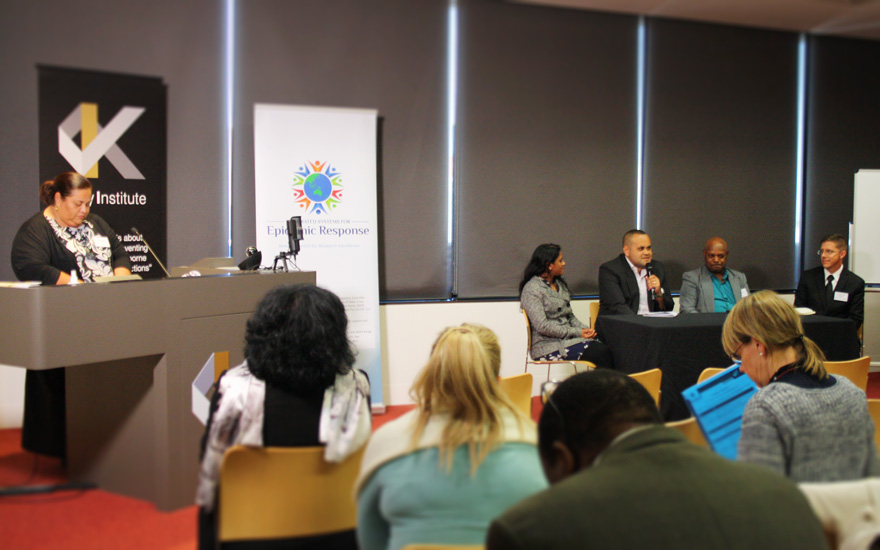
Fiji is subjected to a smallpox outbreak where social norms breakdown and medical experts scramble to get the outbreak under control.
This wasn’t reality, but it was the simulation exercise for participants of a workshop held last month at the University of New South Wales Sydney. The event was organized by the school’s Kirby Institute, in conjunction with the UNSW’s Centre for Research Excellence in Integrated Systems for Epidemic Response, the UNSW Medicine’s School of Public Health and Community Medicine, and the Fiji Ministry of Health.
The theme of the simulation: Is the Pacific Rim prepared for bioterrorism attacks?
“We looked at a worst-case scenario, because the purpose of an exercise like this is to prepare for the worst, while hoping for the best,” said David Heslop, who is an associate professor at the university and a senior medical advisor for the Australian Defence Force. “It is a mammoth task to ensure that the health systems work in close partnership with military, police, emergency services, vaccine and drug manufacturers, the World Health Organization and many other agencies.”
American researcher Matthew Scotch of the Biodesign Institute at Arizona State University attended the event and remarked how “eye-opening” it was.
“Obviously we knew this really wasn’t going on,” Scotch said. “But what took me by surprise was how quickly the social unrest occurred.”
Doctors and nurses didn’t want to go the hospital. Airline flights were suspended. Decisions had to be made regarding who received the limited vaccines. There was even a battle of news dissemination between real and “fake” media.
Attending the workshop has implications for Scotch’s research, which surrounds the spread of zoonotic diseases, that is, those that travel from animals to humans. Seventy to 80 percent of infectious diseases are zoonotic in origin, including Ebola, Avian influenza, and SARS.
Scotch develops software for epidemiologists at health departments to track the evolution and spread of pathogenic viruses. Attending the workshop gave him a clearer picture of how that evolution is initiated on the ground.
Kevin Yeo, director of Clinical & Medical Affairs at Emergent BioSolutions, said the exercise showed “… that safeguarding the population against public health threats, whether by accidental, intentional, or naturally occurring causes, requires coordinated strategies at the national level. Collaboration across stakeholders and input from experts from government, defence agencies, academia, industry, first responder groups, healthcare providers, community partners, vaccine manufacturers, and others are key to prepare for, prevent, and protect against these threats.”
“It is vitally important for all countries to have a preparedness plan for such untoward events,” Yeo added.
Preparedness may make the difference between a contained local outbreak and a global pandemic, but what experts are not necessarily prepared for is who might cause the spread of smallpox.
“Even though the world successfully eradicated smallpox in 1980, the disease has been on the radar again since scientists used mail order DNA to create a virus very similar to smallpox in a lab in 2017,” said Raina MacIntyre, the head of the Centre for Research Excellence in Integrated Systems for Epidemic Response and designer of the simulation.
Although the virus has been eradicated for more than 30 years, technology has advanced enough to allow determined individuals the opportunity to develop it or similar viruses in the lab. This was the case for University of Alberta researchers who last year assembled horsepox, a cousin to smallpox, from pieces of DNA received by mail, then infected and reproduce it.
Smallpox is easily transmissible and killed more than 300 million people worldwide last century.
According to the workshop organizers, in the event of global smallpox spread, first responders would need to isolate 70 percent of smallpox patients and track and vaccinate at least 70 percent of their contacts. If this drops to less than 53 percent, it would take more than four years and 2 billion doses of vaccine to bring the epidemic under control.
The existing World Health Organization stockpile contains 35 million doses of vaccine.




